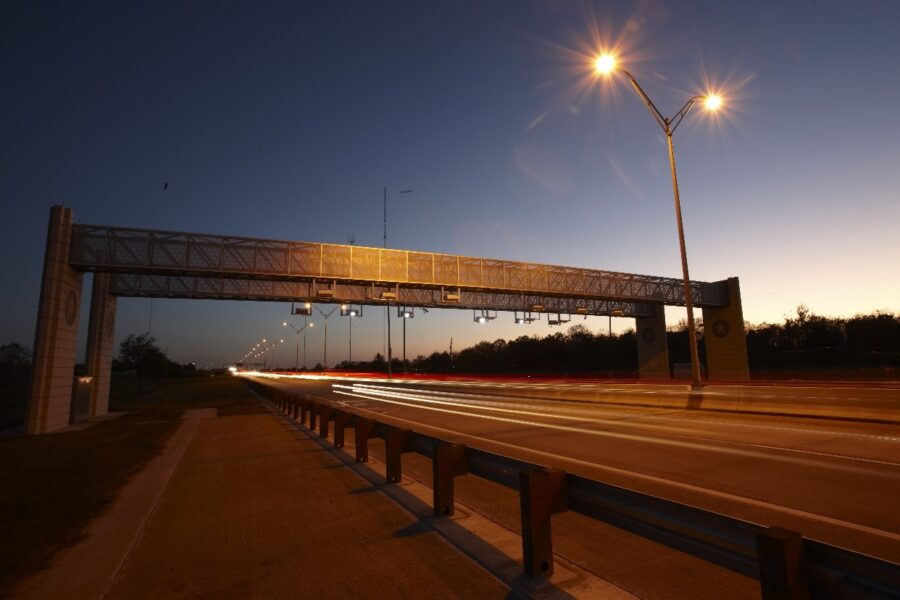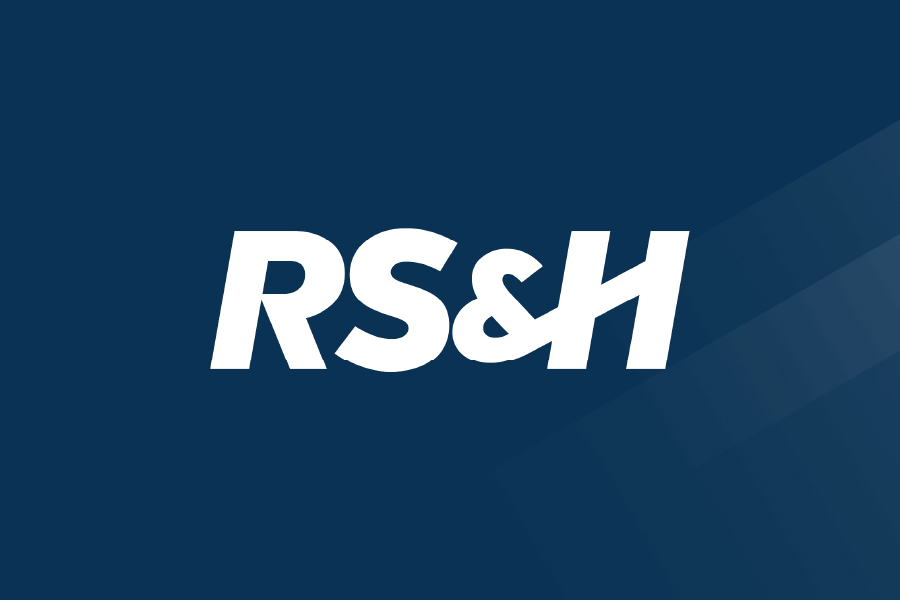Why Risk Assessment is the Key to Project Procurement

Projects inherently have risks. Some risks are high-stakes that could lead to major cost overruns or delays, while others are more minor that could lead to minor delays or changes to the scope of work. From our experience, we have found that it is important to identify and assess all potential risks early in the project development process to be able to mitigate them and avoid costly problems down the road.

Common Risks Associated with Tolling Technology and System Procurements
During tolling technology and system procurements, risk management should be implemented from the start. This includes identifying and assessing all potential risks, developing mitigation strategies, and monitoring risks throughout the project lifecycle. Some of the most common risks associated with tolling technology and system procurements include:
- Technical risks: These risks can arise from the complexity of the technology or the lack of experience of the vendors that would be responding.
- Cost risks: These risks can arise from inaccurate estimates, changes to the scope of work, or unforeseen expenses.
- Schedule risks: These risks can arise from delays in the procurement process, the vendor’s inability to meet deadlines, or unforeseen circumstances.
- Client/customer risks: These risks can arise from the client’s dissatisfaction with the technology, the vendor’s failure to meet the client’s requirements, or changes in the client’s needs.
- Procurement risks: These risks can arise from the selection of an unreliable vendor, the negotiation of a poor contract, or the failure to monitor the vendor’s performance.
How Your Operation Model Affects Risks
A key aspect of risk management is understanding how the operation model may impact the ability to control the risk or whether it will enhance the need to transfer the risk. Examples include:
Publicly Financed (Policy): If the project is designed for congestion management alone, and the agency wants to be heavily involved in how traffic is being managed, the agency likely wants to operate the roadway. So, it will need to be involved in the end-to-end implementation to ensure the system is built to support their model.
Privately Financed (Risk): If a state or agency wants to shift the risk of funding and building a project, the agency may consider allowing a third-party to design, build, and finance the project, as well as operate and maintain the project according to clear performance requirements and stakeholder agreements. This supports a public-private partnership, which allows the road to be partially privately financed in exchange for revenue collection.
Public-Private Partnership (Funding/Revenue): If funding to build the project cannot be obtained by the state, and as a result the state needs revenue generation for additional projects, roadway improvements, or just maintenance, private equity can be used to implement the project, which is then handed over to the state to collect the revenue. What may work is a public-private partnership for the design-build portion of the project and an agency-operated and maintained facility.
Should you Control or Transfer Risks?
If you decide to control the risk, you have the authority to make changes to mitigate, or eliminate, the risk by modifying schedules and budgets, having more correspondence with stakeholders, and modifying the system design or configuration.
Transferring the risk is primarily selected as an option to mitigate the financial and schedule driven aspects of the project knowing the technical requirements expected by the owner will still control the design of the system.
In the end, risk is key to procurement. By carefully managing risks, project owners can help to ensure that their tolling technology and system procurements are successful. RS&H’s Tolls Consulting team has provided risk management services across the United States implementing greenfield tolling systems all the way to the procurement of an HOV declaration app to enhance the efficient use of priced managed lanes facilities.
If you are considering a tolling technology or system procurement, it is important to work with a procurement team that has experience in identifying and managing risks and mitigating potential problems. RS&H has been providing toll consulting services to public transportation and tolling authorities for more than 60 years. Our Tolls Consulting team within the Tolls Consulting Service Group are comprised of engineers and senior analysts who primarily serve as owner’s representatives assisting in
- Procurement of toll systems/services
- Management of toll system integrators
- Overseeing the installation, integration, and testing of toll systems
- Performing toll system audits and lifecycle reconciliations
- Overseeing/reviewing tolling infrastructure design and intelligent transportation system (ITS) implementations
- Overseeing the implementation and management of back-office systems
- Verification of toll system network and software security
- Implementation of new transportation programs
Want help integrating these solutions into your next project? Contact us to get started.




